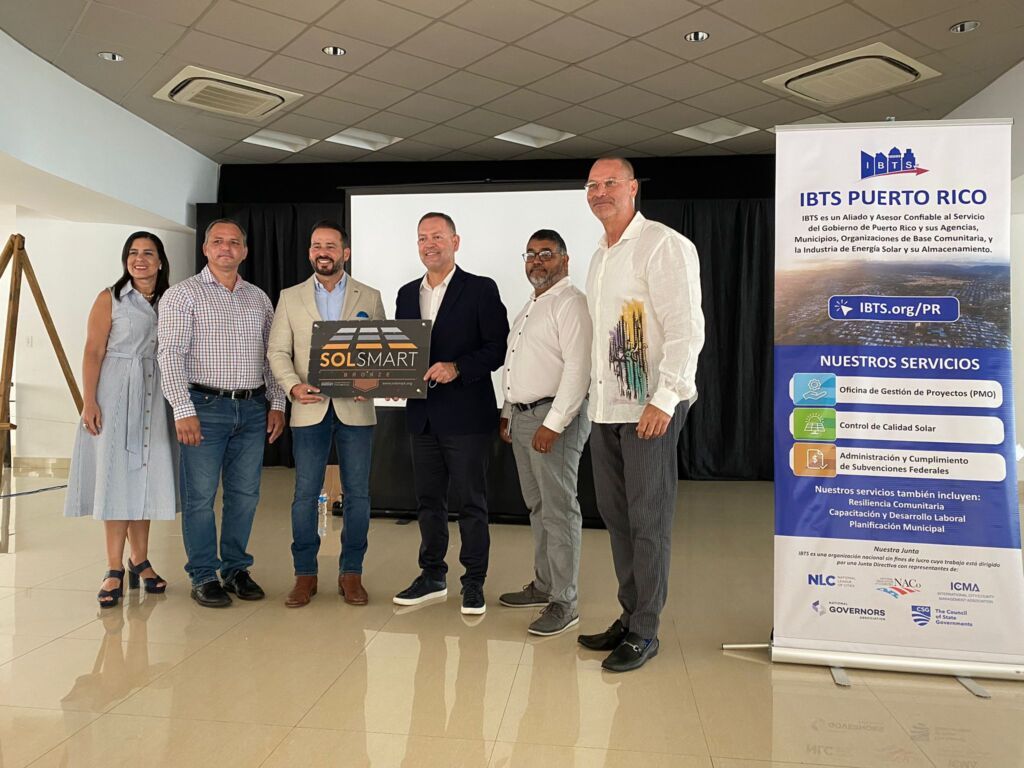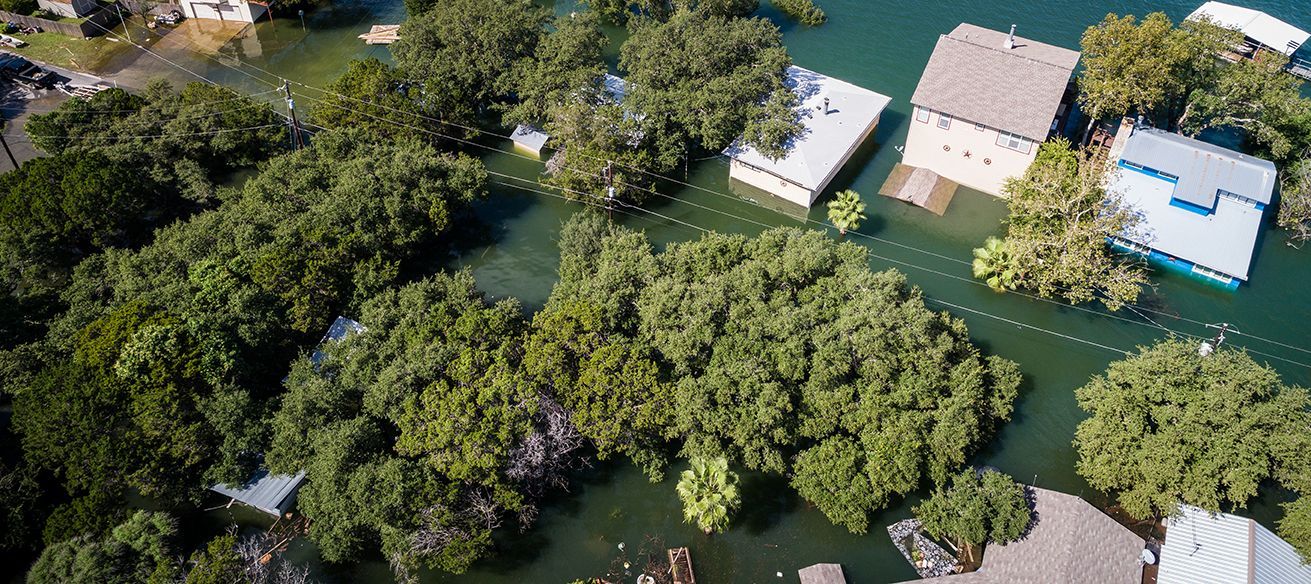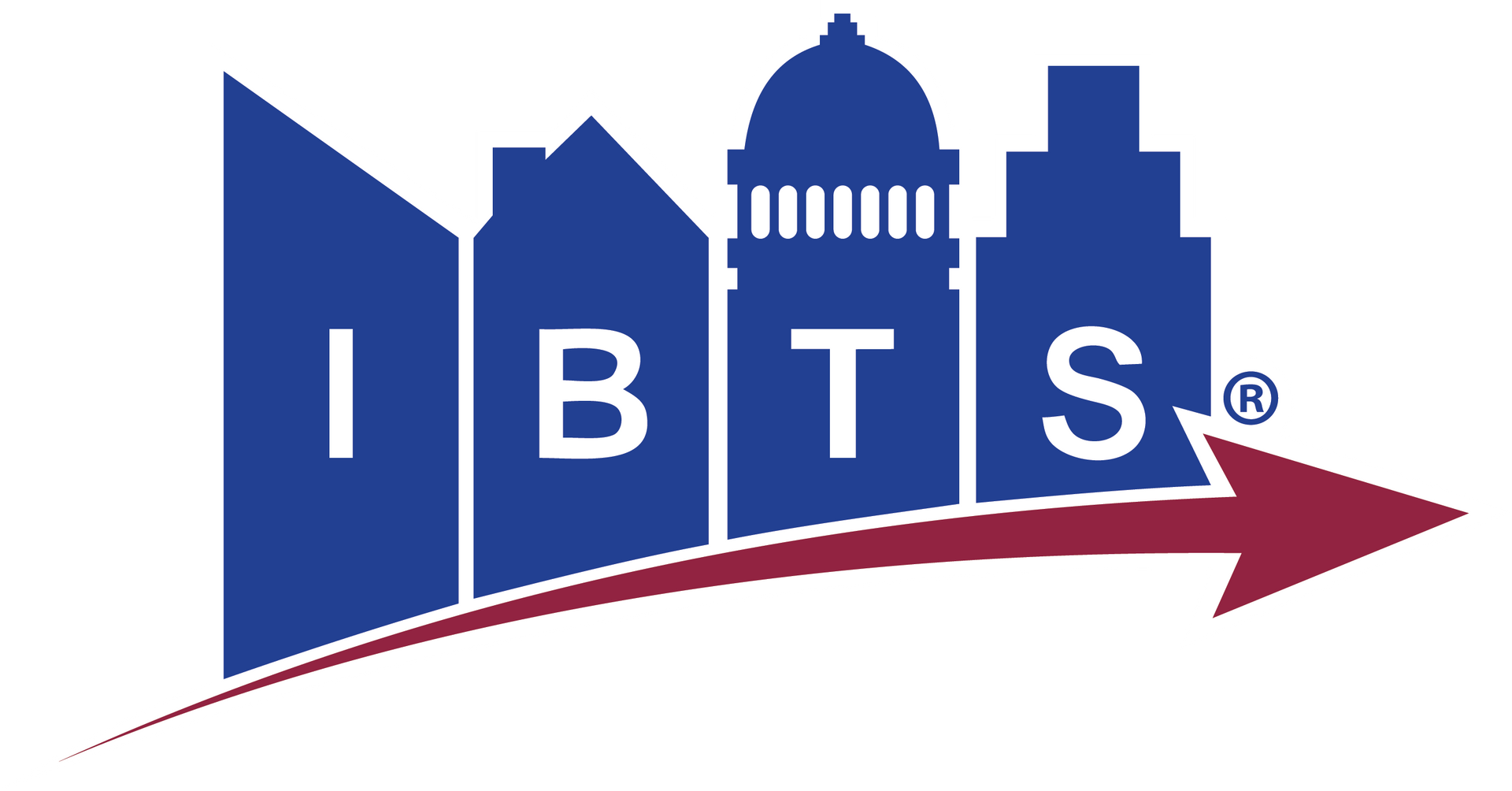Cinco comunidades de Puerto Rico reconocidas por logros en energía solar
Share this article:

Washington, D.C. y Orocovis, Puerto Rico — Cinco municipios rurales de la cordillera central de Puerto Rico han logrado el reconocimiento federal por fomentar la adopción local de energía solar.
Estas comunidades (Barranquitas, Ciales, Morovis, Orocovis y Villalba) recibieron la designación Bronce a través de SolSmart, un programa nacional que ayuda a los gobiernos locales a reducir las barreras al crecimiento de la energía solar.
Los cinco municipios son los primeros en Puerto Rico en lograr una designación SolSmart, uniéndose a más de 450 comunidades en 42 estados, el Distrito de Columbia y las Islas Vírgenes de los Estados Unidos. Las comunidades celebraron estos logros en un evento en Orocovis el 10 de mayo.
“Estoy orgulloso de que Orocovis y tantos municipios vecinos de la Cordillera Central de Puerto Rico estén apoyando activamente la expansión de la energía solar en nuestras comunidades. Este es un paso más para ayudar a nuestra Isla a lograr un uso 100% de energía limpia para el año 2050”, dijo el alcalde de Orocovis, Jesús Edgardo Colón Berlingeri, quien será el anfitrión de la ceremonia en honor a los municipios.
SolSmart está dirigido por el Consejo Interestatal de Energía Renovable (IREC) y la Asociación Internacional de Gestión de Ciudades/Condados (ICMA), y financiado por la oficina de Tecnologías de Energía Solar del Departamento de Energía de EE. UU. El programa ofrece asistencia técnica gratuita para ayudar a las comunidades a satisfacer sus necesidades energéticas utilizando energía solar y tecnologías relacionadas, como el almacenamiento en baterías.
"Estamos muy emocionados de reconocer a las primeras comunidades de Puerto Rico por sus logros en energía solar", dijo Theresa Perry, directora de programas del IREC. "Estos gobiernos locales están sentando las bases para un futuro energético sostenible que ayudará a reducir las facturas de energía de los residentes y las empresas, al tiempo que mejorará la resiliencia de la comunidad".
El Instituto de Tecnología y Seguridad de la Construcción (IBTS) brindó un amplio apoyo de asistencia técnica para ayudar a estas comunidades a cumplir con los criterios para la designación SolSmart. IBTS brindó orientación personalizada a los municipios; dirigió una sesión de capacitación sobre planificación, permisos e inspección de sistemas solares a gran escala; organizó un taller informativo para la comunidad empresarial y el público en general; y ayudó a las comunidades a promover el programa en las redes sociales.
"La extensión comunitaria es una parte muy importante del programa SolSmart, pero educar a los residentes y las empresas sobre los beneficios de la energía solar en estas cinco comunidades rurales exigió un enfoque único", dijo Karen Jonson, directora de participación en el mercado de IBTS. "Estamos orgullosos de haber colaborado con estos municipios para desarrollar estrategias de extensión personalizadas y efectivas adaptadas a sus necesidades específicas".
“Como organización sin fines de lucro dedicada a fortalecer nuestras comunidades, nos llena de aliento verlos dar pasos tan grandes hacia la construcción de su resiliencia”, dijo Agnes Crespo, directora de la Región IBTS Puerto Rico. "Estamos orgullosos de los logros que han logrado estos municipios", agregó, "y esperamos que sirvan de inspiración para todas las comunidades de la Isla para garantizar que la energía solar sea accesible para todos los residentes".
Las cinco comunidades son miembros del Consorcio Municipal de Energía de la Región Montaña, que está en proceso de desarrollar un sistema de microrred para crear una mayor resiliencia energética. Cada municipio también lanzó una página de Facebook para informar al público sobre las oportunidades locales de energía solar.
El programa SolSmart está abierto a todos los municipios de Puerto Rico. Las comunidades interesadas en unirse al programa y recibir asistencia técnica sin costo pueden contactar a solsmart@irecusa.org.





